How to Know if Your Yogurt Is REALLY Yogurt!
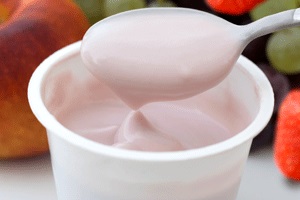
For centuries, yogurt has been considered a healthful food. And today, research is going on internationally regarding the potential attributes of yogurt in such areas as
lowering cholesterol,
fighting yeast infections,
preventing gastrointestinal infections,
boosting the body's immune system,
preventing certain types of cancer.
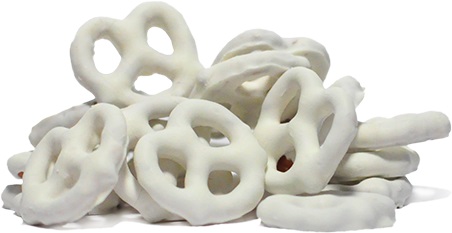
But yogurt-lovers should take notice: there are products in the marketplace that take advantage of yogurt's healthful image, but that do not contain the things that make yogurt, yogurt. Yogurt-covered candies, raisins, and pretzels, and yogurt-containing salad dressings are just a few examples.
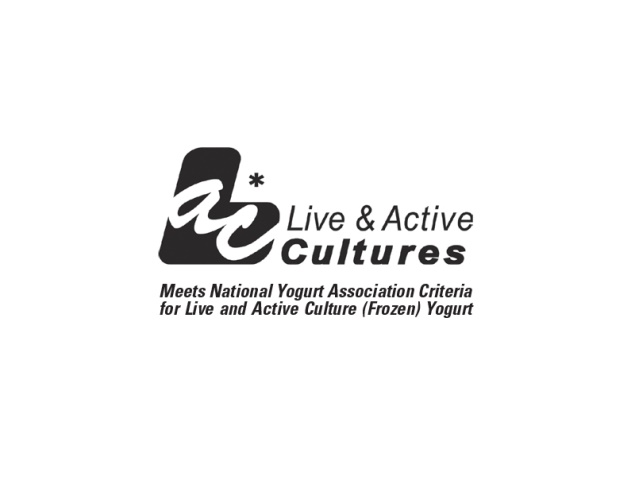
So what makes yogurt - well, yogurt? According to the National Yogurt Association (NYA), three words: LIVE, ACTIVE CULTURES. The words "live and active cultures" refer to the living organisms, Lactobacillus bulgaricus and Streptococcus thermophilus, which convert pasteurized milk to yogurt during fermentation.
Note that the milk is pasteurized before culturing to remove any harmful bacteria. The process is very similar to that used when making beer, wine or cheese, in that beneficial organisms ferment and transform the basic food. This fermentation process is what creates yogurt, with its unique taste, texture and healthful attributes.
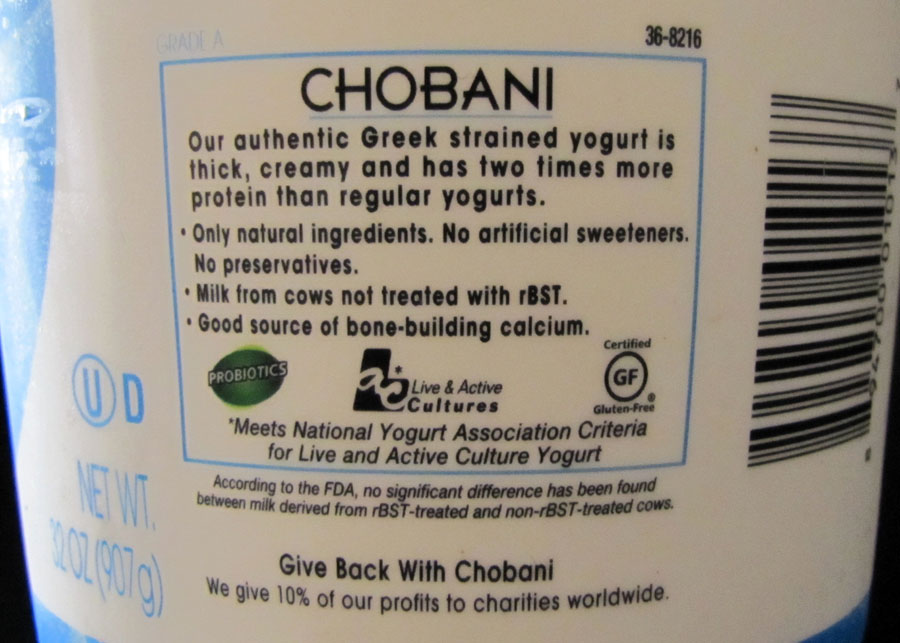
To dispel consumer confusion, the NYA developed the Live & Active Cultures seal to help consumers readily identify those yogurts containing significant levels of live and active cultures. The seal is a voluntary identification available to all manufacturers of refrigerated yogurt whose products contain at least 100 million cultures per gram at the time of manufacture, and whose frozen yogurt contains at least 10 million cultures per gram at the time of manufacture. (However, here’s something to know: since the seal program is voluntary, some yogurt products may have some live cultures but not carry the seal.)
The NYA is a national non-profit trade organization whose purpose is to sponsor health and medical research for yogurt with live and active cultures. It serves as an information source to the trade and the general public. Their Live & Active Culture seal is an indicator of product quality and the manufacturer’s integrity.
And speaking of INTEGRITY: Back to the fact that not all yogurts are created equal. Some yogurt brands are heat-treated after fermentation. This process kills most of the beneficial active cultures found in the yogurt. Why would a manufacturer heat-treat yogurt? It’s a money-driven decision. Heat-treating prolongs shelf life and decreases yogurt's natural tartness (some consumers dislike tart yogurt). And then there are yogurts that are deliberately formulated with a low level of cultures (again, a money-driven decision).
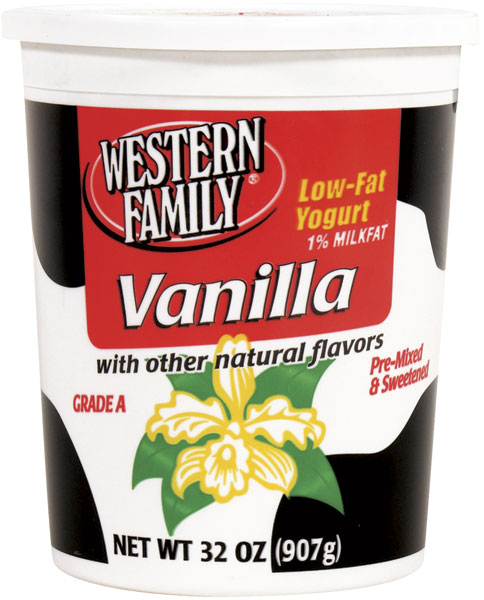
So the bottom line? Read your labels. While that marked-down house brand looks attractive (price-wise), if you’re wanting true yogurt with all its health benefits, then move on to a brand that carries the National Yogurt Association (NYA) Live & Active Cultures Yogurt seal on the package and be willing to pay a little more. You’ll be certain you’re getting yogurt with significant levels of live and active cultures.
And here’s another reason to look to real yogurt. Lactose intolerance. Studies show that the live and active cultures present in true yogurt permit it to be eaten by many of the more than one quarter of American adults who ordinarily experience lactose intolerance with other dairy products. If you relate, this may give you hope.
Finally, there’s yogurt’s versatility. It makes a superb substitute for mayonnaise and sour cream; top waffles or pancakes with fruited yogurt; and make desserts more healthful by opting for frozen yogurt over ice cream.
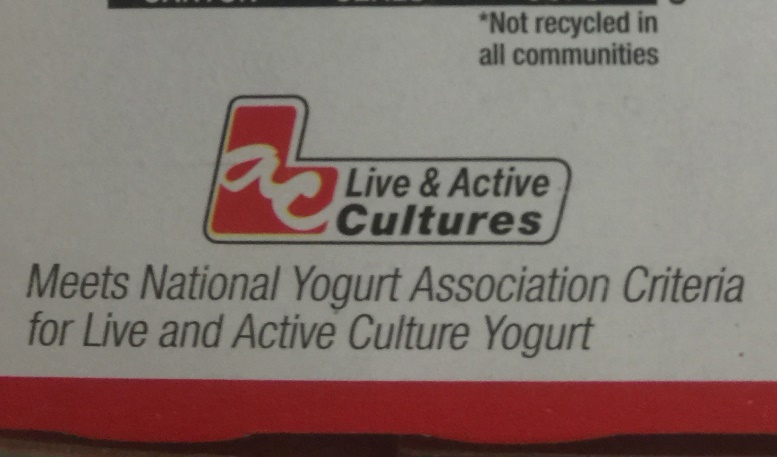
Perfect for today's busy schedules, nothing is as convenient to carry with you on a hike or put in a lunch bag as yogurt. For the commuter, it's the perfect portable protein boost. Just be sure you’re getting the real deal; always look for the trustworthy Live and Active Cultures seal!
- www.healthyeating.org
- www.jacktuchten.com
- www.moonshineink.com
- www.smellslikefoodinhere.blogspot.com
- www.heraldextra.com
- www.kristinwillard.com
 Alice Osborne
Alice Osborne
Weekly Newsletter Contributor since 2006
Email the author! alice@dvo.com
